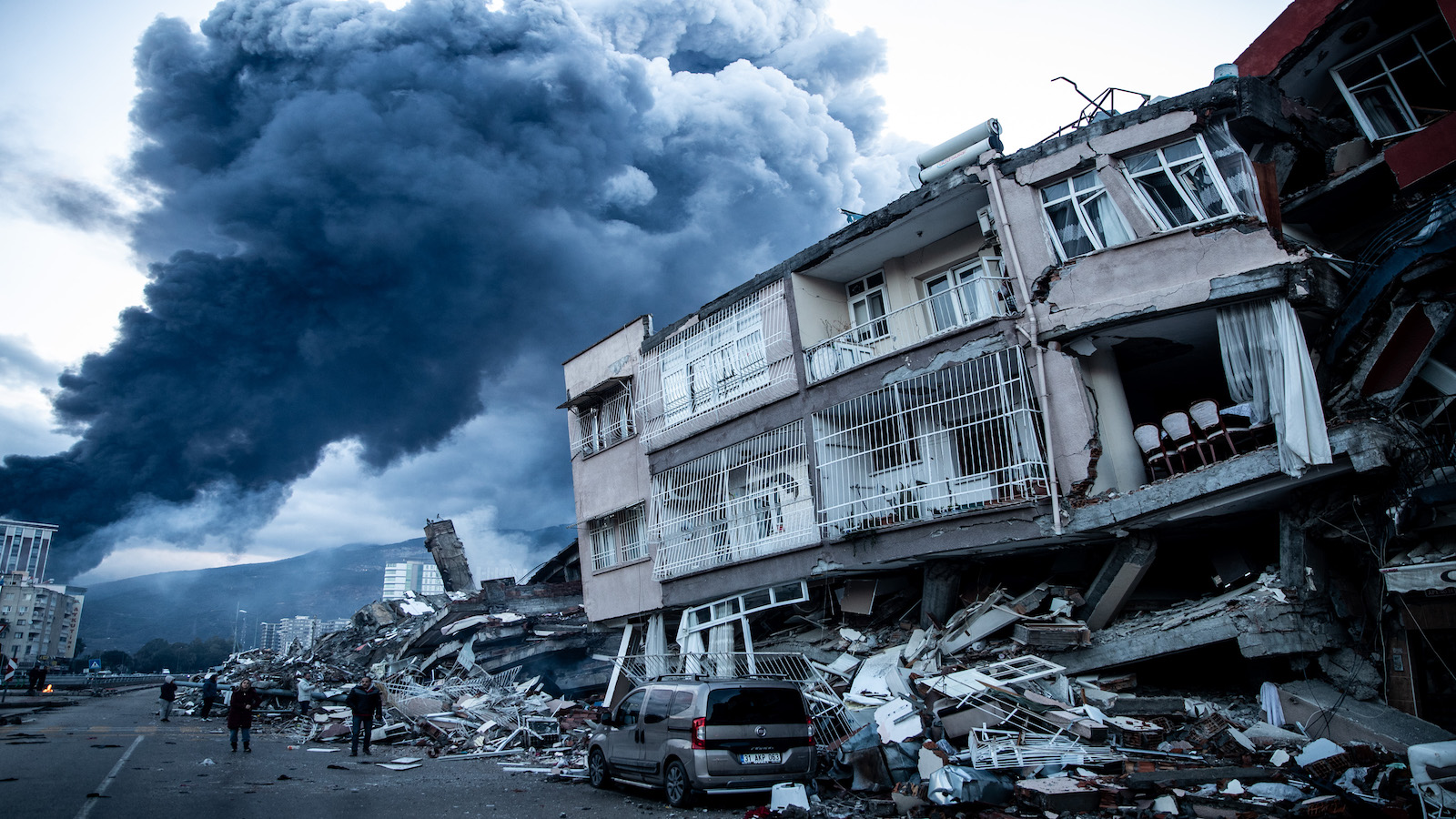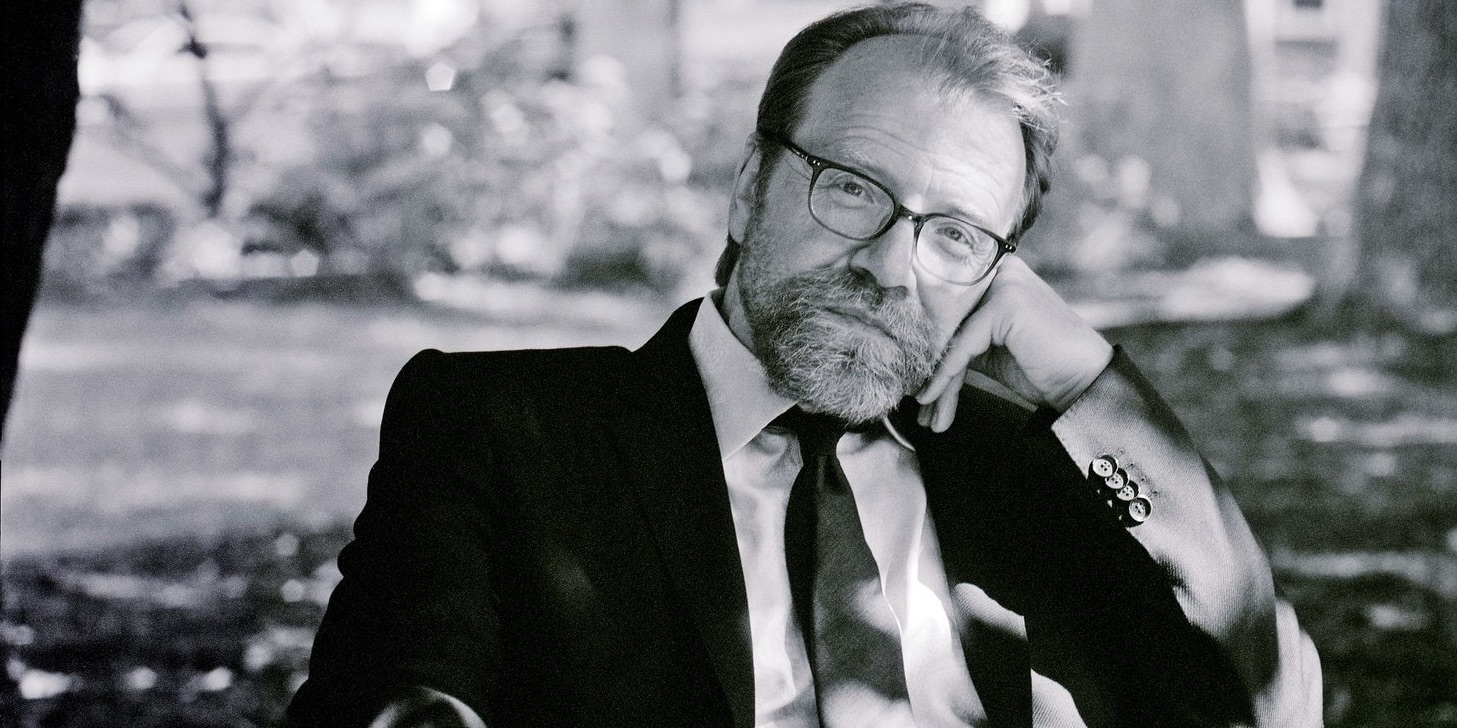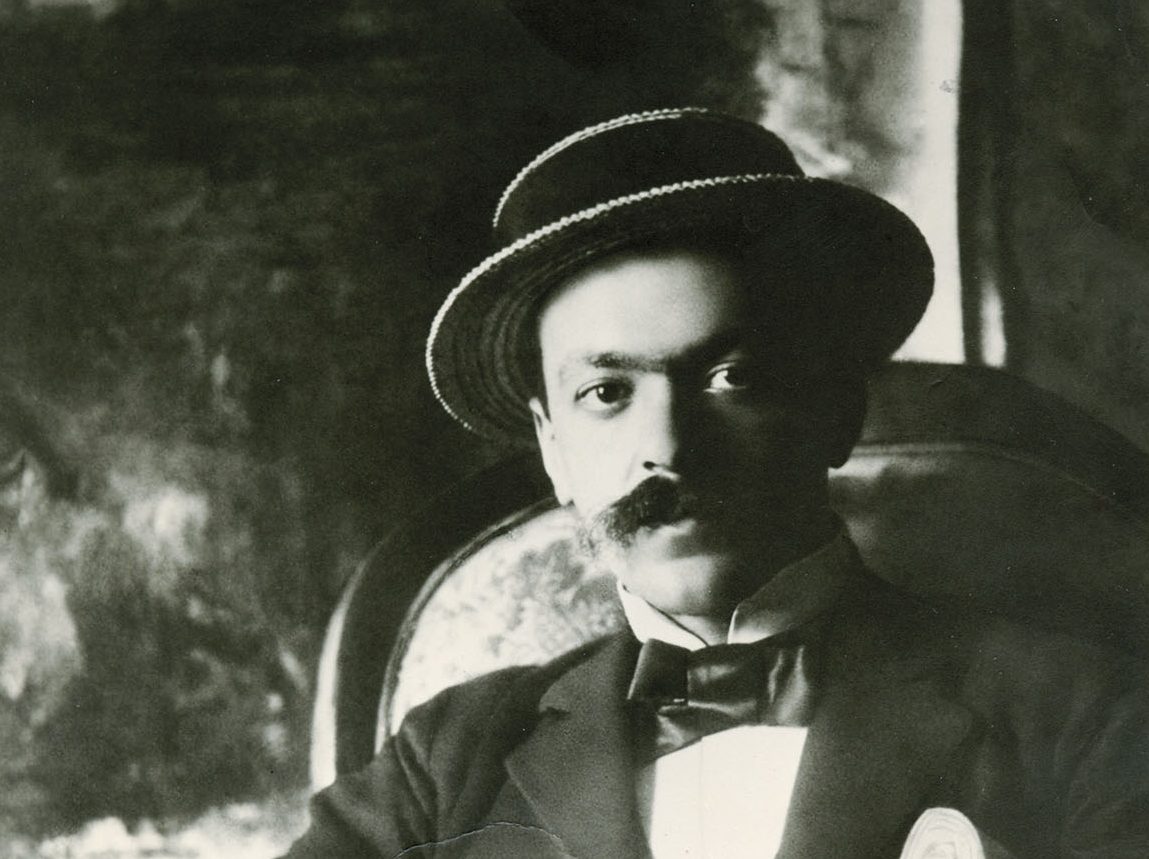The 2020 Bolivian general election marked the return of the Movement Towards Socialism (MAS) party to government after it was deposed by a right-wing coup. Since then, the leftist administration of Luis ‘Lucho’ Arce Catacora has tried to fortify itself against another antidemocratic campaign of destabilization by projecting an image of unity and strength. Yet during Arce’s tenure, the internal components of the MAS have grown increasingly discordant – with each factional dispute amplified by a hostile media. The respective supporters of president Arce, vice-president David Choquehuanca, and former president Evo Morales have each been vying for power, attempting to outmanoeuvre their factional opponents ahead of the 2025 elections. Meanwhile, centrifugal tendencies on the right have become even more pronounced, with different currents blaming one another for the left’s ascendancy. The result is an ongoing process of fragmentation across Bolivia’s two major political blocs, neither of which is capable of articulating a coherent ideological project. The country’s historic fault-lines – separating the cities from the countryside; indigenous masses from non-indigenous elites; the south and the east from the north and the west; the media, universities and middle classes from peasant confederations and workers’ unions; agro-industrial, hydrocarbon and financial capitalists from a burgeoning informal proletariat – no longer find self-evident political articulation in two antipodal camps. Beneath the superficial split between masistas and anti-masistas lies a more complex patchwork of rivalries and power centres.
In many respects, the disunity on both sides can be traced back to the 2019 coup d’état. Morales, who was propelled to power by the revolutionary upheavals of the new millennium, had become Bolivia’s longest-serving president and was constitutionally unable to seek re-election. Yet in 2016 he attempted to override these limits through a series of legal and political manipulations. In February of that year, he held a referendum on whether to amend the constitution to allow him to campaign for a fourth term. When 51% of the electorate voted ‘No’, he ignored the results and ran for the presidency anyway, on the basis of a dubious legal verdict from the country’s highest electoral tribunal. This fiasco became a call to arms among middle-class rebels and regional civic committees bent on ousting the MAS.
Bolivia’s electoral system requires the leading presidential candidate to secure more than 50% of the vote, or more than 40% of the vote plus a margin of 10% over the second-place candidate, to avoid a run-off. On the evening of the general election, in late October 2019, the ‘quick count’ tally showed Morales with 45%, compared to 38% for the centre-right runner-up Carlos Mesa. Then, after an unexplained delay of 22 hours, the updated count indicated Morales enjoying a lead over Mesa in excess of 10 points, obviating the need for a second round. The late shift in votes to Morales’s advantage was plausible given the demographics of the regions where ballots were counted later in the process, but the delay between the two tallies created the impression of foul-play. Though it could not provide any evidence, the entire opposition cried fraud – as did the Organization of American States. Violent protests against Morales erupted across the country, and the far-right of the eastern lowlands, backed by the military and police, launched a soft-coup that forced his resignation. The coup was petit-bourgeois and mestizo in composition, with some plebeian layers drawn into the antimasista hysteria. Its rallying cry was one of pure negation: ‘Fuera Evo’. No positive, alternative agenda was ever advanced by its leaders. Yet there was never any doubt about whose interests they were serving: those of agro-industrial, financial and hydrocarbon capital.
The coup-plotters succeeded in installing Jeanine Áñez, an ultra-conservative Catholic senator from Beni whose party had won only 4% in the previous election. With Morales and his inner-circle exiled to Mexico and Argentina, the obvious task for Áñez was to dismantle the statist elements of the MAS era – such as the quasi nationalization of hydrocarbons – and reverse collective indigenous rights. With the popular classes caught in a momentary stupor, and left-wing forces weakened by years of clientelist integration into the state under Morales, Áñez had the tools for oligarchic restoration at her disposal. Yet her regime was undermined from the start by its own ideological and practical excesses: above all, state repression – 36 assassinated, 80 injured, hundreds detained and exiled – and bureaucratic ineptitude in the face of the Covid-19 pandemic. It had no plan to assemble a viable support base or manage the country’s economic instability. Instead, its stand-out features were brutal state violence, brazen corruption, administrative incompetence and a colossal decline in living standards, as the growth rate plummeted in 2020 and more than 3 million Bolivians became unable to meet their basic nutritional needs. The government also unleashed a new, virulent wave of anti-indigenous racism in civil society, with the dog whistles of state officials providing a soundtrack.
As such, Áñez rapidly concentrated workers and peasants into a powerful opposition force, while at the same time losing the loyalty of the petit-bourgeois layers that had originally supported the coup. Amid the ongoing economic and health crises, significant parts of the new middle-class – forged during the expansionary period under Morales – were horrified to find themselves returned to proletarian or lumpen status. At the same time, social movements and unions, which were initially slow to respond to the coup, managed to rally their forces, erecting street barricades and disrupting supply chains. By the time the general election of December 2020 rolled around, the golpistas, having failed to prevent the MAS from running, had split into three rival presidential campaigns. Carlos Mesa’s centre-right Citizen Community led the pack, followed in the distance by the right-wing extremist Luis Fernando Camacho, followed by Áñez, who saw the writing on the wall and eventually withdrew from the race.
*
All those who had participated in the disaster of the Áñez administration were duly punished by the electorate. Arce returned the MAS to office with a decisive 55% of the vote, while Mesa obtained a paltry 29%. The MAS won in five of nine departments, with a majority in both houses of the Plurinational Legislative Assembly. Elements of the ‘undecided’ middle class that had shifted right in support of the coup had now swung back behind Arce – who benefited from making the economic crisis the leitmotif of his campaign. He admitted the errors of past MAS administrations, called for a national ‘renovation’ and promised to restore stability. Nostalgia for the bonanza years during the first stretch of Morales’s rule (2006-14) was a fire easily stoked. Arce could point to his relatively orthodox reign as MAS finance minister during an era of high commodity prices, dynamic capitalist accumulation, historic profits in extractive sectors and modest improvements in the livelihood of the urban working class and peasantry. In the end, he performed better throughout the west of the country than Morales did in 2019. Even in the eastern department of Santa Cruz, where Camacho secured 45%, Arce still bested Morales’s previous vote share. Polls had indicated a modest advantage for MAS in the first round, but no one anticipated this resounding victory.
Morales was still abroad during the 2020 ballot, yet he had personally selected Arce as the candidate after David Choquehuanca had been put forward by the grassroots, including the coalition of social movements known as the Unity Pact. Morales only reluctantly agreed to include Choquehuanca on the ticket at the Unity Pact’s insistence, and the MAS campaign slogan – ‘Lucho y David, un solo corazón’ – betrayed some anxiety about the divisions developing within the party. Unlike Choquehuanca, Arce was non-indigenous, had never shown any leadership ambitions, and had no social base of his own, so his ability to fill Morales’s shoes was questionable. Yet the election results made clear that masismo could not be reduced to evismo. His victory showed that it was possible to win without the party’s historic caudillo, while demonstrating the enduring popularity of the MAS’s neodevelopmentalist plurinational model.
Arce was raised in La Paz, the son of teachers, and earned an undergraduate degree at the Universidad Mayor de San Andrés, specializing in accounting. During his undergraduate years he was briefly affiliated with Socialist Party-One, whose intellectual and political north star, Marcelo Quiroga Santa Cruz, had been assassinated by the Luis García Mesa dictatorship in 1980, when Arce was 17 years old. But unlike virtually all other leading figures of the MAS, Arce has no real history of involvement in the politics of indigenous liberation, social movements or trade union struggle. After graduating, he worked at various positions in the Central Bank, taking a brief hiatus to earn a Masters in economics from Warwick University.
Arce became Morales’s first finance minister in 2006 and remained in post for almost the entirety of the Morales era, only stepping aside from 2017 to 2019 to receive treatment for a kidney cancer diagnosis. As Finance Minister, he ran a tight ship, isolating his office from social-movement pressure and adhering rigidly to low inflation targets. Christopher Sabatini, a senior research fellow at Chatham house, described him as ‘a technocratic, moderate force within the Morales government’ who ‘maintained good relations with the international financial institutions and investors.’ Even in the high-MAS era of 2006-2014, there was never a thoroughgoing transformation of the country’s productive structure, thanks in part to Arce’s caution; yet wealth was distributed to the poorest so long as commodity prices remained high.
Now, two years into Arce’s tenure, how can we characterize his record? The president fulfilled his first policy commitments immediately upon taking office, including cash transfers of $140 per month to roughly a third of the population, a symbolic tax on large domestic fortunes and investigations into the repression of the Áñez regime. Yet, on the whole, his administration is a workaday technocracy, lacking any of the transformative aspirations that the early Morales period kindled among the poor and dispossessed. As sociologist Vladimir Mendoza Manjón has noted, the prevailing view within Arce’s cabinet is that the era of transformation has come to an end. Instead, the current period demands a defensive, administrative posture: at best, the consolidation of previous gains amid more challenging material conditions. The aim is to prioritize political stability and slowly reactivate the project of neodevelopmental capitalist modernization. This is likely to be Arce’s only horizon of possibility in the absence of serious pressure from social movements – whose supporters have been isolated within the government, controlling only the ministries of Education and Rural Culture and Development. Meanwhile, the Finance Ministry remains subject to Arce’s personal oversight. Lower-level functionaries from the Morales era have been elevated, while virtually none of the old guard remains in post. Evistas are entirely absent from Arce’s inner circle. In this sense at least, the promised ‘renovation’ has begun in earnest.
The Pink Tide leader whom Arce most closely resembles is perhaps Ecuador’s Rafael Correa. Although he lacks Correa’s repressive bent when dealing with opponents to his left, Arce’s approach to statecraft is similarly top-down and economistic. It rests on socially-isolated planning, pragmatic concessions to the balance of forces (statically understood), and technical fixes to political problems. Yet Arce governs without anything approximate to Correa’s hegemony at the height of the commodities boom. Bolivia’s commodities downturn began in 2014, driven by a collapse in natural gas prices, and its economy steadily declined until 2019, before contracting dramatically – by 8.7% – in 2020. This crisis was not merely a conjunctural effect of the pandemic; it was also the result of underlying structural problems, including the end of the gas cycle. Gas rents accruing to the state were $3.5 billion in 2013, but just $1.5 billion in 2017. Structural investment problems in the gas sector have persisted from the Morales era to the present, with fiscal and commercial deficits growing in recent years. Foreign reserves reached a peak of $15 billion in 2014, but have been drawn down ever since to finance public spending commitments amid lower state revenue.
The recent dynamics of the world market have had negative consequences for Latin America and the Caribbean – but, for various reasons, Bolivia has so far been an outlier. Regionally, strong inflationary pressures, weak job growth and falling investment predominate. The Russian war on Ukraine has limited the international food supply and driven up energy prices, compounding the problems set in motion by the pandemic and the afterlife of the 2008 financial crash. As a gas exporter, however, Bolivia has benefited from higher prices, temporarily transforming its commercial deficit into a surplus. And because the country continues to produce most of its food domestically, with targeted export controls on select agricultural exports, pressures on food prices have been tempered. Together with a longstanding state subsidy for domestic gas consumption, this helps to explain why Bolivia’s 2022 inflation rate was the lowest in the region: a trend that helps to explain Arce’s relatively strong approval ratings. Over the next decade, the country’s political economy – and ecologically-inflected class struggles – will be shaped by the nascent lithium-mining industry. But as yet this process is only in its infancy, and is unlikely to play a major role in the current administration.
*
Although Arce initially pledged to serve for only one term, now there is every indication he will seek to run again in 2025, as the constitution permits. But Morales, despite having lower approval ratings than both Arce and Choquehuanca, retains a powerful capacity for social mobilization, continues to control the MAS, and is open about his plan to become its candidate in 2025. When he returned from exile in November 2020, hundreds of indigenous supporters poured onto the streets to greet him. The following year, he organized the dramatic Marcha por la Patria: a mobilization that was at once a real defence of the Arce administration against destabilization threats from the opposition, and a signal to the country – including Arce and Choquehuanca – that the former president still wields the kind of social power that is impossible to tabulate in polling data. Álvaro García Linera, who served as vice-president from 2006 to 2019, asserts that Morales remains the indispensable ‘social and political leader’ of the party, while Arce is merely the ‘political and governmental leader’. For García Linera, the MAS project demands that both statesmen triangulate with each other and with the party’s loose federation of social organizations. Between these three elements, he says, ‘there has to be an ensemble of articulations, which are not always easy.’ Out of office, Morales has readopted the militant rhetoric of his early political career; but in policy terms, it is doubtful that a new Morales government would significantly diverge from Arce’s. After all, Morales more or less handed over the economy to Arce for the duration of his time in office, and the present material situation means that implementing any left-populist inclination would be an uphill battle.
Since returning to Bolivia, Morales has worked diligently to recover his lost authority. Overriding local resistance, he has used his position as leader of the MAS to dictate the party’s lists of candidates for municipal mayors and departmental governors in regional elections. In the process, several high-profile figures have been driven out of the party – including Eva Copa, the masista president of the Senate during the Áñez government, and Rolando Cuéllar, former leader of the Eastern Bloc of the party in Santa Cruz. (Copa ran under the Jallalla party banner instead and secured an overwhelming mandate as the new mayor of El Alto.) While trying to avoid the impression of a major split with Arce himself, Morales has openly criticized some of his cabinet ministers and has made cryptic statements about an ostensive right-wing faction within the government, which Morales accuses of planning to marginalize him with the help of elements in the Armed Forces. So far, Arce has ignored such provocations – aware that, although the ex-president retains an active support base, his overall popularity has been considerably diminished.
Choquehuanca was previously one of Morales’s closest personal confidantes and political loyalists; yet the pair are now bitterly polarized. Following the 2017 referendum defeat, Choquehuanca stressed the need for a new leader of the party – a position only he could fill. When his ambition to replace Morales became clear, he was demoted from the highest to the lowest echelons of the party: relegated from the role of foreign affairs minister to a marginal diplomatic post. Morales also moved against a number of other former allies who had rallied behind Choquehuanca’s leadership bid. Now, Choquehuanca knows that his political career is finished if Morales successfully returns to the presidency. He is desperate to prevent this outcome, whether by rallying ‘renovation’ forces to block Morales’s candidacy, or, more likely, by helping to split the party once Morales has secured the nomination.
Choquehuanca has a galvanized social base in the Aymara altiplano. He played a minor role in the 2020 election campaign, but according to Pablo Stefanoni, one of the keenest observers of Bolivian politics, his occasional interventions were decisive in securing the indigenous base of the MAS and winning back some of those who had become disillusioned with Morales. Choquehuanca is popular among the younger generation of MAS militants, and among intermediary party officials who for one or another reason have been alienated by the Morales-dominated national leadership. Choquehuanca served in Morales’s cabinet for longer than anyone except Arce. Early on, he played the role of anti-intellectual, boasting that he hadn’t read a book in sixteen years when he assumed office as Minister of Foreign Affairs. Ideologically, however, he adapted more or less fully to the pragmatism of the Morales era. If his politics diverge from those of his former boss, it is in his greater underlying sympathy for Aymara nationalism; yet, in electoral terms, this is somewhat of a liability, which restricts the core of his potential base to the western altiplano. It’s unlikely his prospective bid for the presidency will be successful. More plausibly, he may assume the role of subcomandante in any eventual split from the MAS led by Arce.
As the journalist Fernando Molina has written, Bolivian political history is rife with social fragmentation and chaotic conflict – especially following the exit of a major caudillo, when battles to succeed him flare up. The novelty of the present moment is that Morales was coercively excluded from governmental power, yet remains a crucial internal vector who defines the country’s wider sociopolitical coordinates.
*
If the MAS is thus internally divided, what of Bolivia’s right-wing opposition? The political scene under Arce is still haunted by the spectres of the 2019 coup. Dozens of ex-military officials have been imprisoned for their role in Morales’s ouster, including the heads of the Armed Forces and police. Áñez was sentenced to ten years in prison – although she was only held accountable for the events of November 2019 and not the state massacres that followed. Marco Pumari, the ex-president of the Civic Committee of the department of Potosí, is in jail awaiting trial, accused of provoking the burning and sacking of the Electoral Tribunal in Potosí in the lead up to the coup. Mesa remains judicially unscathed, although his brand of washed-out centrism has become increasingly unpopular.
Until very recently, Camacho had managed to both avoid legal charges and strengthen his position. He was elected governor of Santa Cruz in March 2021 and became the face of a growing far-right movement, which carries particular political heft in Santa Cruz, Beni, Potosí, and Tarija. A few days after Christmas, however, Camacho was finally arrested for his role in the 2019 coup. He will spend the next few months in prison in La Paz awaiting trial. Arce timed the arrest to quell criticisms from Morales that his administration was lax in its treatment of the right-wing opposition, and to take advantage of incipient fractures within the local cruceño right between traditional lowland conservatism and Camacho radicalism.
In October and November 2022, the far right launched a 36-day ‘civic strike’ over the timing of the next national census, effectively shutting down the city of Santa Cruz, Bolivia’s economic engine. Several months prior, Arce announced that he would be delaying the census by two years due to technical incapacity. Since the last census of 2012, the populations of the department and city of Santa Cruz had grown rapidly, driven in part by significant migration from the western highlands. As a result, a new census would invariably lead to a substantial eastward shift in state resources and legislative seats. Cruceño protests erupted over the claim that the government’s delay was in fact a veiled power grab, designed to prevent resource and seat alterations that would disadvantage the ruling party in the 2025 elections.
The civic strike was organized by the Inter-Institutional Committee of Santa Cruz. Its three leading figures were Camacho, Rómulo Calvo, president of the Santa Cruz Civic Committee, and Vicente Cuéllar, rector of the Autonomous University of Gabriel René Moreno. Since the early 2000s, the department of Santa Cruz has been the heart of regional autonomy struggles against centralized state power, mounting consistent challenges to Morales from the right, including strikes, mass gatherings and outbursts of violence. (The ‘civic coup’ attempt of 2008 marked the pinnacle of this trend.) This time around, enforcement of the strike in the predominantly indigenous informal markets of the city was carried out by roving motorcycle gangs armed with machetes and clubs – a signature of Camacho’s right-wing street politics – as well as coordinated assaults and robberies by the proto-fascist Cruceño Youth Union. Petty vendors opposed to the strike mounted resistance where they could, above all in the working-class municipal district of Plan 3000, leading to ferocious nightly clashes that helped weaken the strike toward the end of November. Arce has now agreed to bring the census forward to 23 March 2024, ensuring that the results will be factored into the next election.
The unrest in Santa Cruz revealed the persistent territorialized power of the extreme right in the eastern lowlands and their disquieting capacity for street violence. Yet it also exposed their inability to project national power by uniting with the country’s wider conservative forces or winning support from the state security apparatus. Despite the rhetoric of some on the left, and the deluded fantasies of some on the cruceño right, the civic mobilizations of October and November last year never threatened to develop into another full-scale coup. Business associations in Santa Cruz lent only tepid support as the civic strike wore on and Camacho’s unpredictable street politics became more of a burden than an expression of strength. The ephemeral unity that enabled the overthrow of Morales in 2019 is now a distant memory. Without the figure of Morales to provide focus and clarity, the myriad groupings that made up the golpista coalition immediately fractured, pursuing their separate, parochial priorities. With the arrest of Camacho, the cruceño elite will need to embark on an additional round of recomposition.
Yet, although the right lacks a viable national project, the masistas shouldn’t underestimate their adversaries. Their territorial power bases will allow them to launch more destabilizing actions. They have the support of domestic and international capital, and they control the media and universities. In conditions of stagnation and crisis, from which the MAS cannot easily escape, it would be unwise to assume that the petit bourgeoisie, the police and the military will continue to support the constitutional order. Their loyalties are fickle – and as they change, so will Bolivia.
Read on: Forrest Hylton and Sinclair Thompson, ‘The Chequered Rainbow’, NLR 35.









